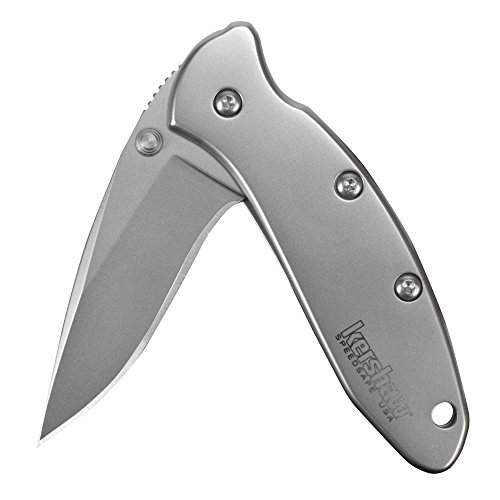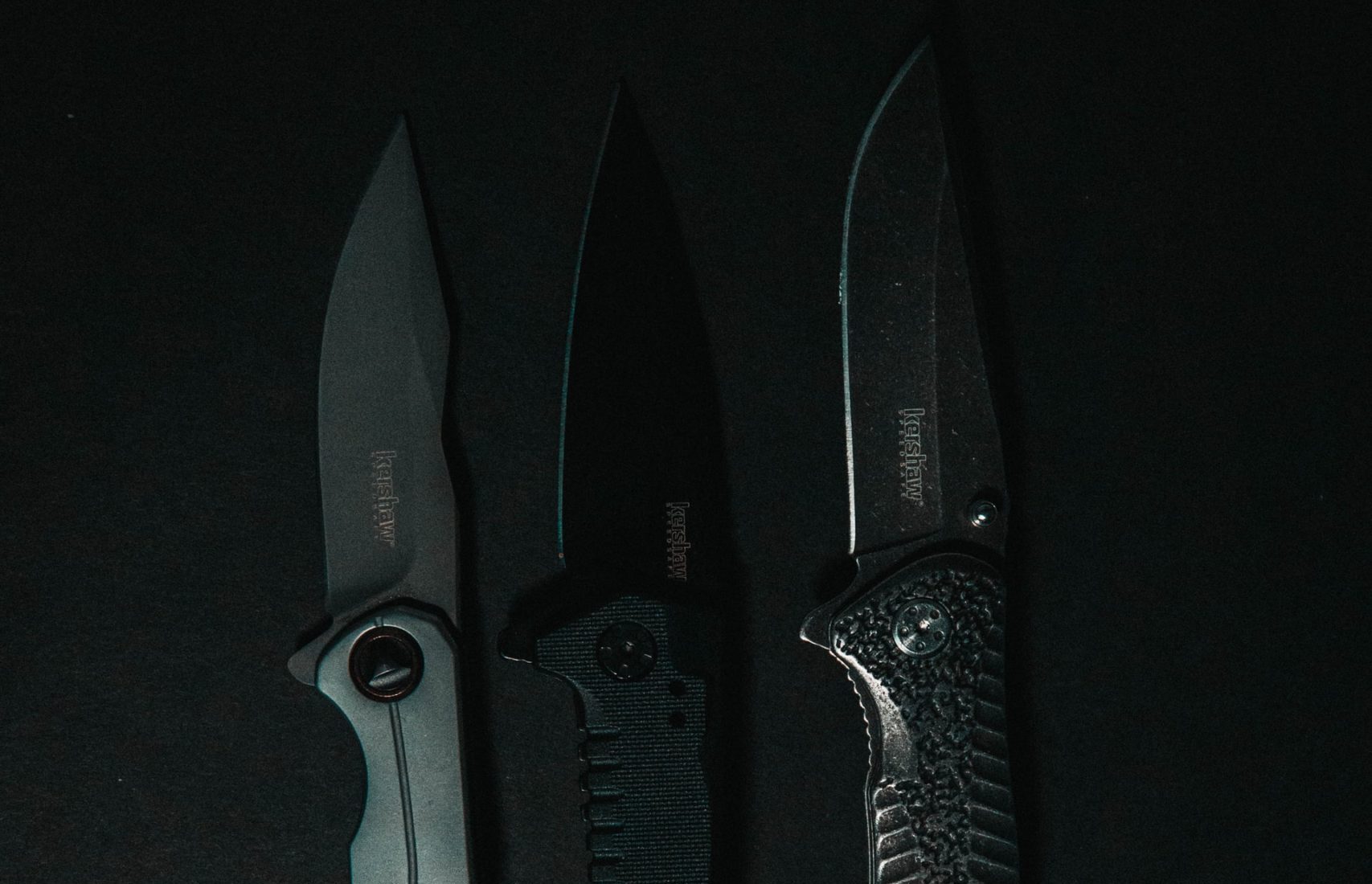The market of pocket knives has a wide range of options to consider from reputable brands. One of the most popular names in the industry is Kershaw, which has a popular line of onion-named blades, including the Chive and the Scallion.
If you’re confused between the two and don’t know which one to pick, you’re in for a treat! In today’s guide, we’ll assist you by walking you through a brief comparison between the Kershaw Chive vs Scallion, so you can pick the one that suits you better. Let’s dive right in!
| Preview | Product | |
|---|---|---|

|
Kershaw Chive Pocket Knife (1600); 1.9” 420HC Steel Blade with 410... | VIEW ON AMAZON |

|
Kershaw Scallion (1620) Pocket Knife; 2.4” Bead-Blasted 420HC Steel... | VIEW ON AMAZON |
About Kershaw
Kershaw is a major pocket knife brand that has been around since 1974 when Pete Kershaw, a pocket knife salesman, left his job in Gerber to establish his own knives company!
In three years, the company was acquired by KAI USA Ltd Group and remained owned by them to this day.
The company has a popular line of folding knives that are named after different varieties of onions, including the Kershaw Chive, Scallion, Shallot, Leek, etc.
A Brief Overview and Comparison of Both Kershaw Chive and Scallion
Now that you know more about the brand, let’s have a deeper look at the two models in question today in terms of the most popular features in pocket knives:
Blade Construction
Let’s start with the most important part of a pocket knife. Both the Chive and the Scallion have a similar blade construction and design.
The blades are made of 420HC stainless steel with a thick curved spine and a very sharp tip. However, the blade on the Chive is about 1.9 inches long while on the Scallion the blade is slightly longer at 2.25 inches.
Apart from the length, both of them have pretty much the same design, so the Scallion’s blade is simply a scaled-up model of the Chive’s blade.
Both blades are bead blasted and designed to perform consistently for a long time while resisting corrosion and rust.
However, the blade does its job pretty decently with serration at the back of the spine and a gutting tip in the bottom that makes the blades suitable for everyday use. Yet, the longer blade of the Scallion makes it a little more versatile.
Handle Design
The handles of the two Kershaw pocket knives are among the most noticeable aesthetic differences between the two.
The Kershaw chive has a characteristic stainless steel handle that is highly resistant to corrosion and rust. Like the blade, the stainless steel is also bead-blasted to give the handle a non-reflective matte finish that appeals to a lot of EDC enthusiasts.
In addition to the stainless steel natural silver finish, the handle also comes in various colored stainless steel finishes.
On the other hand, the Kershaw Scallion has a classic approach when it comes to design. It rocks a glass-filled nylon handle, although the design of the handle itself is roughly the same as the Chive.
While the stainless steel handles are sturdier and look more premium, the nylon handle has a better grip due to its pattern, which is ideal if you’re hunting.
You should also keep in mind that both knives offer a pocket clip on the handle to make it easier to keep the knife on you.
Size and Portability
At first glance, this is easily the most clear-cut difference your eyes will tell when you handle the two knives, as the Scallion is slightly larger and heavier than the Chive.
The Scallion has a total length of 5.75 inches when unfolded and folds to about 3.5 inches, which is still pretty compact. It also weighs around 2.3 ounces, which is lightweight and easy to work with
On the other hand, the Chive is deemed “a little too small” by some, as it has a total length of about 4.8 inches when unfolded and 2.9 inches when folded.
The knife fits in small pockets pretty well but can be a little too difficult to hold if you’re wearing thick gloves or have large hands, despite weighing only 1.7 ounces.
Foldability
The foldability is one of the common features in both the Kershaw Chive and Scallion, as they both share the same unfolding and safety mechanisms.
The two knives feature a SpeedSafe open button with two options for unfolding the blade with a single hand. The first one provides a smooth instant open using a thumb stud or by pressing a flipper.
The SpeedSafe features make it easy for both left-handed and right-handed users to deploy the knives. The other option allows the flipper to remain visible when the blade is deployed to double as extra finger protection.
Versatility
The Scallion can be used for a wider range of purposes, whether you’re backpacking, gardening, hiking, etc.
On the other hand, the Chive is designed to do the same job but some might feel that it’s more of an emergency compact pocket knife due to its size limitations.
Price
When it comes to price, both options are offered at nearly the same price range, although the Scallion is usually a little pricier than the Chive.
Like other Kershaw knives, both models are slightly above average in terms of price but are considered an excellent bang for the buck due to their build quality and their long term reliable warranty
Final Verdict: Which One Should You Buy?
This wraps it up for today’s guide that puts the Kershaw Chive vs Scallion in a brief one-on-one comparison to help you pick the right one for you, so which one of the two knives should you buy?
Ideally, it’s better to look at the two knives as type items that complete each other rather than competing with each other. However, if we have to pick one as a winner, we’d go for the Scallion.
The reason here is that the Scallion is a bit larger where the Chive can be too small for some guys with larger hands. This makes the scallion a more versatile pick that can be used in tons of situations.
However, if you want a handy knife that can fit in the coin pocket of your jeans, you’re going to love the Kershaw Chive.

